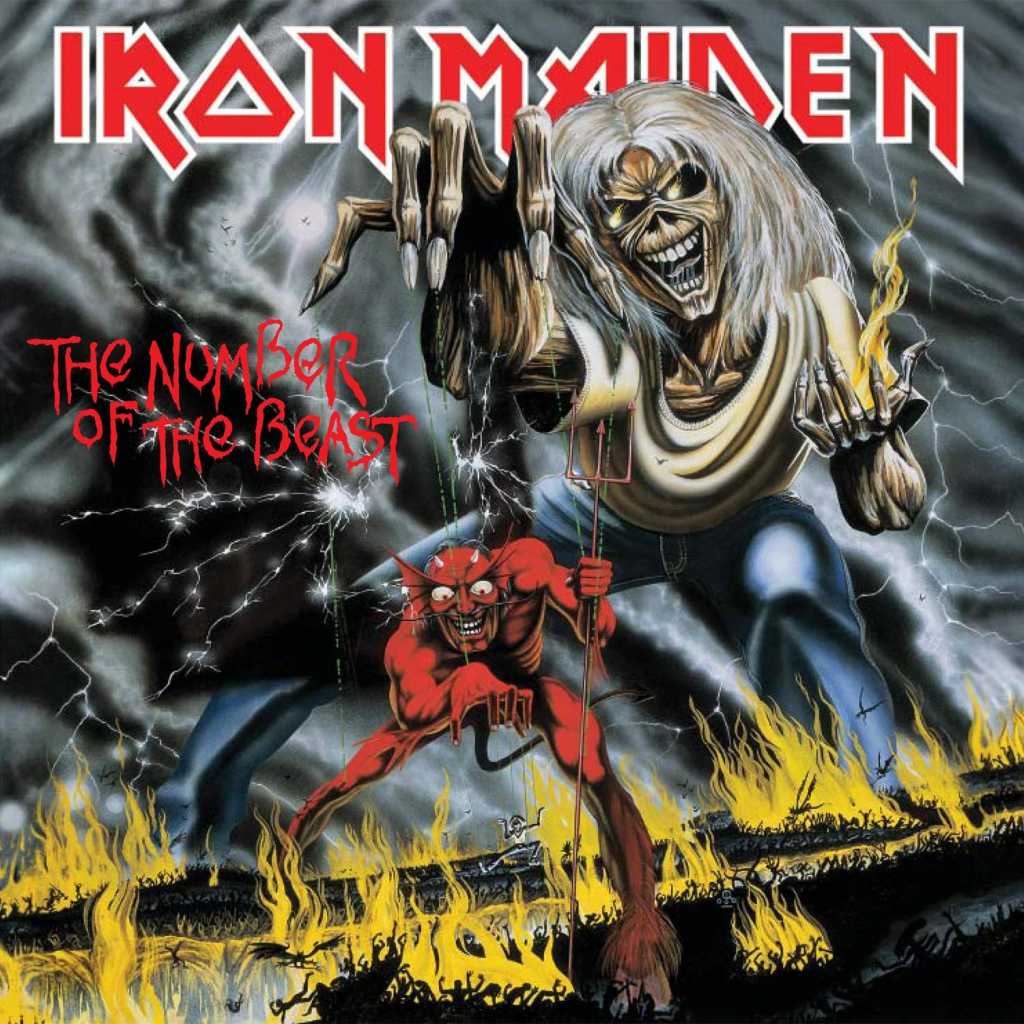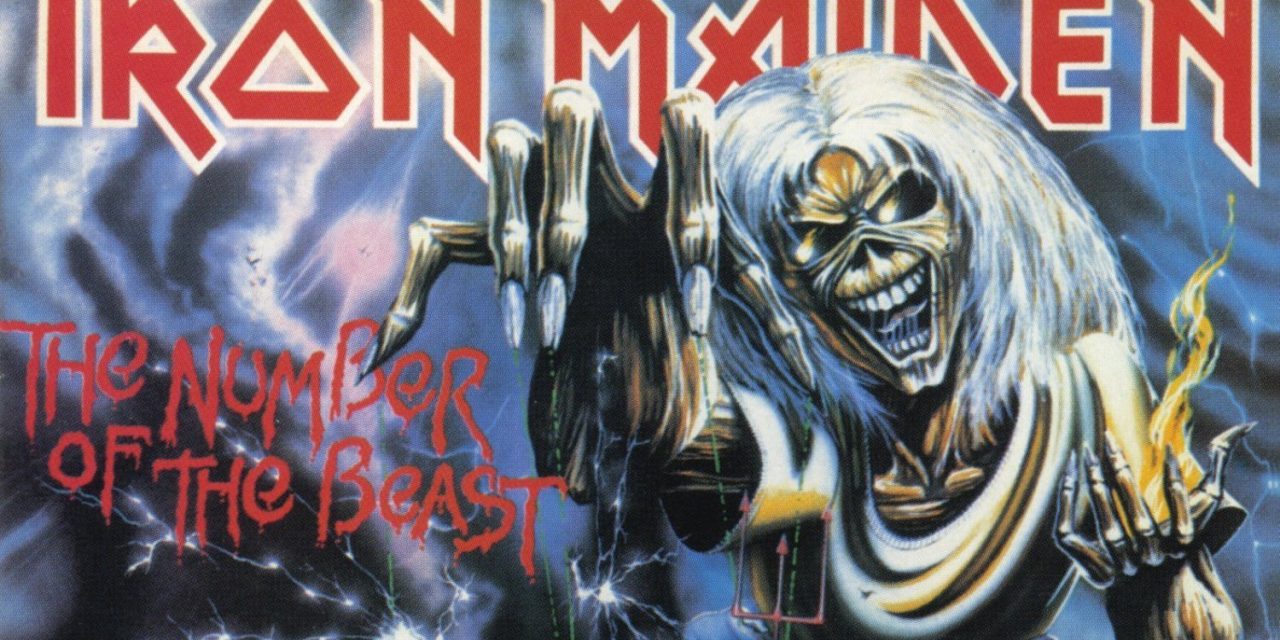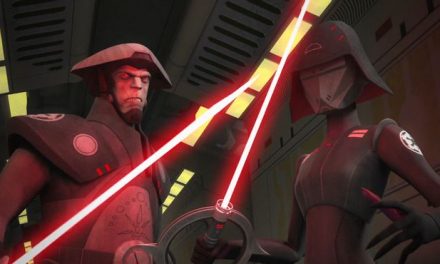What do you think of when you see or hear The Number of the Beast? It’s arguably the most important album in Iron Maiden’s history. It’s a landmark in the history of heavy metal. For an album to have three of the most popular and best songs in a band’s history is pretty remarkable. In the case of The Number of the Beast, the album was released on March 22nd, 1982. It was the first album with Bruce Dickinson on vocals for the band after Paul Di’Anno had been fired. It was also Clive Burr‘s final album with the band.
This isn’t just restating what we’ve already said in our Iron Maiden-A-Thon Review. It’s more about the memories and legacy of The Number of the Beast. For many, it was the first Iron Maiden album they heard or saw. Look at that album art, if that doesn’t catch your teenage eye, nothing will. It doesn’t matter if it’s 1982, 1992, 2002, 2012, or 2022, that album is still eye-popping. It captures just the right essence of the heavy metal look and makes you think. One can only imagine what was running through someone’s head when they first grabbed it on the shelf, of what exactly this album could be about.
For some of us, our introduction to Iron Maiden and The Number of the Beast was something like Guitar Hero 3 or Rock Band. For me, that was where I heard “Number of the Beast” for the first time and really enjoyed it. It was devilishly hard in that game and a real test of your wrist strength to keep up with Adrian Smith and Dave Murray with your plastic guitar controller. Rock Band was an even bigger test of a would-be drummer. Playing “Run to the Hills” on Expert difficulty made you a made man where I came from.
An Album Defined By Singles With Extraordinary Depth
You’ve heard “The Number of the Beast”, “Run to the Hills”, and “Hallowed Be Thy Name” (not a single, but still a classic track) a million times if you’ve seen Iron Maiden live or listened to the radio. The Number of the Beast is defined by its singles, but the album is vaunted into the heavy metal classic tier because of the surrounding songs. Surprisingly you don’t get one of those classic songs until the fifth track.
It kicks off with “Invaders”, which kicks the Bruce Dickinson era into gear immediately, comparing it to future opening tracks is a disservice, because everyone has to start somewhere. Starting the album off with what could be the weakest track on the album is an interesting choice, but this is very clearly NOT a Paul Di’Anno track. That era of the band is gone, no more punk influences, Daddy is home, and his name is Bruce Dickinson.
From there you get tracks like “Children of the Damned”, “The Prisoner”, and “22 Acacia Avenue” that further separate Iron Maiden from the rest of the New Wave of British Heavy Metal pack. Iron Maiden aren’t the type (no matter how much fans want them to) to play all their deepest cuts in a concert. They know that fans come to see their hit songs, and they sprinkle them throughout their live setlists. However, every once in a while, they get something like “The Prisoner” into their sets. Hearing a song from a landmark album like The Number of the Beast that you’ve never heard live before, is a true treat.
“Gangland” Or “Total Eclipse”?
When it comes to The Number of the Beast, there’s not much discourse. The album is widely considered Iron Maiden’s best or in their top 3 at the very least. The only real debate is whether or not the album should include “Gangland” or “Total Eclipse” in the 7th slot. The band had to make the decision before the album was released, and “Total Eclipse” was left for the B-Sides. That is, until they remastered the album in 1998. The remastered 1998 tracklist is the one that I go by. The best answer to “Gangland” or “Total Eclipse”, is both. Adding in a track like “Total Eclipse” gives the album an even bigger edge. There really isn’t a track like it in the rest of Iron Maiden’s catalog.
Celebrate The Album, Crank It To 11, Let The Neighbors Hear It

Whether you’re listening to The Number of the Beast on vinyl, cassette, CD, MP3, 8-track, or any other format, it’s easy to enjoy. It’s the perfect album to get someone hooked onto heavy metal with. Painkiller by Judas Priest might be heavy metal personified, but even that album has a bit of a learning curve when it comes to metal newbies. The Number of the Beast has the power of its two lead singles to draw fans in, and the remaining 6-7 (depending on what version) to keep you invested. If you’re introducing someone to heavy metal, after you get past Black Sabbath on their education, The Number of the Beast is the best place to go.
A nice judge of an album is an unconventional metric that shows how hard you press the gas pedal down when you hear a track off it. The gold standard for this metric is “Ride Like The Wind” by Saxon (a cover of a Christopher Cross song, of all things). The track has likely caused thousands of speeding tickets in its lifetime and will cause millions more in the future. The Number of the Beast has at least six tracks that AAA and the National Highway Traffic Safety Administration can list as harmful to driver health. If it wasn’t for long vocal intros, the entire album might be dangerous for driving safety.
Through forty years, the album has rocked, head-banged, screamed, blasted, ran to the hills, and gotten legions of people to belt out “SIX, SIX, SIX, the number of the beast”.
For more on Iron Maiden, make sure to check back to That Hashtag Show.





![Hannah Waddingham Takes The Christmas Crown in ‘Home For Christmas’ [Review]](https://thathashtagshow.com/wp-content/uploads/2023/11/project_20231121_1514241-01-440x264.png)